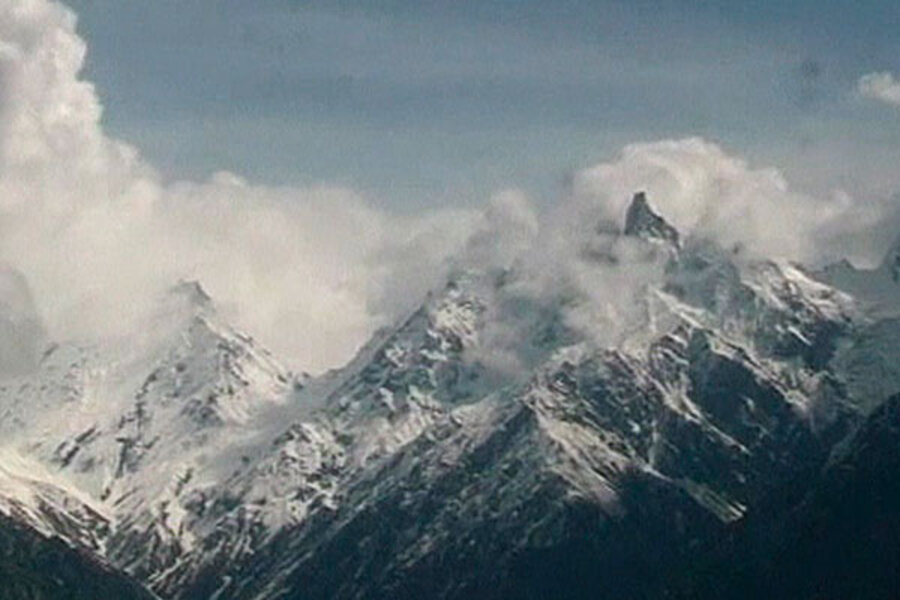Global warming mystery: Some Himalayan glaciers getting bigger
Loading...
| London
Some glaciers in the Himalayas mountain range have gained a small amount of mass between 1999 and 2008, new research shows, bucking the global trend of glacial decline.
The study published on Sunday in the Nature Geoscience journal also said the Karakoram mountain range in the Himalayas has contributed less to sea level rise than previously thought.
With global average temperature rising, glaciers, ice caps and ice sheets melt and shed water, which contributes to the increase of sea levels, threatening the populations of low-lying nations and islands.
IN PICTURES: Disappearing Glaciers
The research at France's University of Grenoble estimates that the Karakoram glaciers have gained around 0.11 to 0.22 metres (0.36 feet to 0.72 feet) per year between 1999 and 2008.
"Our conclusion that Karakoram glaciers had a small mass gain at the beginning of the 21st century indicates that those central/eastern glaciers are not representative of the whole (Himalayas)," the experts at the university said.
The study appears to confirm earlier research that had suggested the Karakoram glaciers have not followed the global trend of glacial decline over the past three decades. The mountain range's remoteness had made it hard to confirm its behavior.
The Karakoram mountain range spans the borders between India, China, and Pakistan and is covered by 19,950 square kilometers (7,702 square miles) of glaciers. It is home to the second highest mountain in the world, K2.
"We suggest that the sea-level-rise contribution for this region during the first decade of the 21st century should be revised from +0.04 mm per year to -0.006 mm per year sea-level equivalent," the study said.
MELTING ICE
The Himalayas hold the planet's largest body of ice outside the polar caps and feed many of the world's great rivers, including the Ganges and Brahmaputra, on which hundreds of millions of people depend.
The world's glaciers, ice caps and ice sheets have shed around 4,200 cubic kilometres (1,007 cubic miles) from 2003 to 2010, experts suggest, which is enough to raise sea levels by 12mm over that period.
Stephan Harrison, associate professor in quaternary science at the UK's University of Exeter, said the new research had showed there is "considerable variability" in the global climate and in how glaciers respond to it.
The Karakoram glaciers are also unusual because they are covered with thick layers of rock debris, which means their patterns of melting and mass gain are driven by changes in that debris as well as in the climate.
Much of their mass gain also comes from avalanches from the high mountains surrounding them, Harrison said.
"Overall, the impact of melting glaciers such as these on sea level rise is known to be negligible, but it does mean that there is much more to be learned about exactly how the world's glaciers will respond to continued global warming," he added.
A separate study in February found that Himalayan glaciers and ice caps as a whole were losing mass less quickly than once feared, offering some respite to a region already feeling the effects of global warming. (Editing by Alessandra Rizzo)







